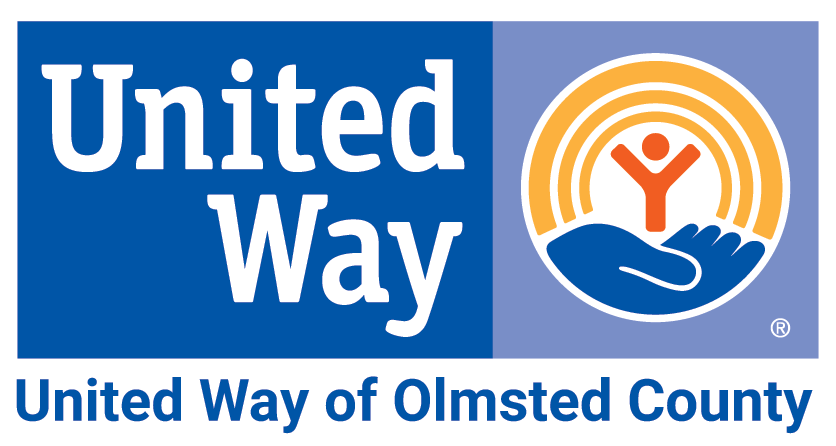.png)
Tuesday, January 18
“Part of the problem is that we tend to think that equality is about treating everyone the same, when it’s not. It’s about fairness. It’s about equity of access.” - Judith Heumann |
People with disabilities still experience many barriers that limit full integration into the community.
The Americans with Disabilities Act (ADA) was passed in 1990. Since then, good progress has been made. However, it has not reached its full potential of assuring equal opportunities to people with disabilities. For example, individuals with disabilities are still more than twice as likely to live in poverty as those without disabilities. Only 32% of working-age people with disabilities are employed, and over 250,000 people with intellectual or developmental disabilities are paid below minimum wage through 14(c) waivers that allow businesses to legally pay people with some disabilities an average of $2 per hour.
Disability can be visible or invisible.
According to the Invisible Disabilities Association (IDA), "an invisible disability is a physical, mental or neurological condition that is not visible from the outside, yet can limit or challenge a person’s movements, senses, or activities." Unfortunately, people often judge others by what they see and conclude a person can or cannot do something by the way they look. This attitude can be equally frustrating for those who may appear unable but are perfectly capable, as well as those who seem able, but are not.
Disability is a spectrum and fluid over time.
Functional limitations and self-identity can change over time. At some point in their life, everyone will experience short term or long term disabilities. Here are two real stories from real people who acquired a disability later in life.
In 1976, Jerry was hit by a drunk driver. The accident left him as a partial paraplegic. Jerry’s life is not defined by his disability. He lives life just like anyone else without a disability would live their life. Jerry is a 53-year-old father of four children. He’s independent, has a house, raised a family, and his adult kids still look to him for support. Jerry retired as a computer programmer in 2009, and still participates in several sports.
As a young adult, Justin developed Meniere disease (an inner ear disorder), which affected his hearing and balance. The onset of the disorder left Justin with the scary reality that he could permanently lose his hearing at any time. Justin recalled a former supervisor taking advantage of this knowledge with an inappropriate prank: moving his lips as if he were talking, making Justin think he had gone deaf. Spurred in part by adversity, Justin went back to school, earned a business degree, and started contracting for the National Center on Birth Defects and Developmental Disabilities.
Disability is more than meeting eligibility criteria for a specific health insurance or public service.
Having a disability does not mean a person is not healthy or that they cannot be healthy. This just means the individual may require healthcare and other accommodations that meet their needs as a whole person, not just as a person with a disability. Accommodations are short term adjustments for a person as they feel comfortable and safe to request these things.
Being an ally to the disability community is more than individual accommodations. It's addressing our own assumptions and creating a culture that doesn't require an individual to disclose their disability. Ableism is discrimination or prejudice against individuals with disabilities, in favor of able-bodied people. If we as a community design environments and build awareness of disability as part of the human experience, we build healthier spaces culturally and physically to live work, and play.
Did you know?
- Persons with disabilities include every race, ethnicity, gender, sexual orientation, socio-economic status, religion, and more.
- Many people are born with disabilities, and disabilities can be acquired through accident, illness, or the aging process.
- Disability can be invisible. Some who experience social, environmental, or biological barriers may not self-identify, yet they have functional limitations to accessing their community.
- Individuals and communities have different preferences for talking about disability. While some prefer "person with a disability," others prefer "disabled person."
Today's Challenge: Do one or more of the following...
OPTION 1: Hear Julie’s story (3:08) and Sheila’s story (8:55), two of our friends at Ability Building Community (ABC). Their Independent and Semi-Independent Living programs support individuals with a variety of disabilities through services such as personal care, meal planning, shopping, and arranging transportation to help participants achieve a self-directed life.
OPTION 2: Listen to this recent NPR report “Workers With Disabilities Can Earn Just $3.34 An Hour. Agency Says Law Needs Change”, reported by Alina Selyukh. (4:00)
OPTION 3: Watch “Our fight for disability rights and why we're not done yet”, a Ted Talk with Judith Heumann (21:15). For more than 30 years, Judith has been involved on the international front working with disabled people’s organizations and governments around the world to advance the human rights of people with disabilities.
OPTION 4: Check out the website DB101 Minnesota, a great resource for employers, community members, and persons with disabilities. This resource debunks common myths about disability and helps visitors further understand the intersection of work + disability.
OPTION 5: Bear Creek Services supports individuals in Rochester, MN, with developmental disabilities and traumatic brain injuries. They provide personalized life experiences and help people learn life skills to be as independent as possible. Watch this video to learn how Christina and Lynn stay active (3:07) and are an important part of the fabric of our community.
OPTION 6: Journal about the following prompt(s).
- Knowing that you could acquire a new disability at any point in time… How would your life change? What barriers would you face? What positive impact(s) may it have in your life?
- What preconceptions or biases do I have that perpetuate ableism rather than support the disability community?
